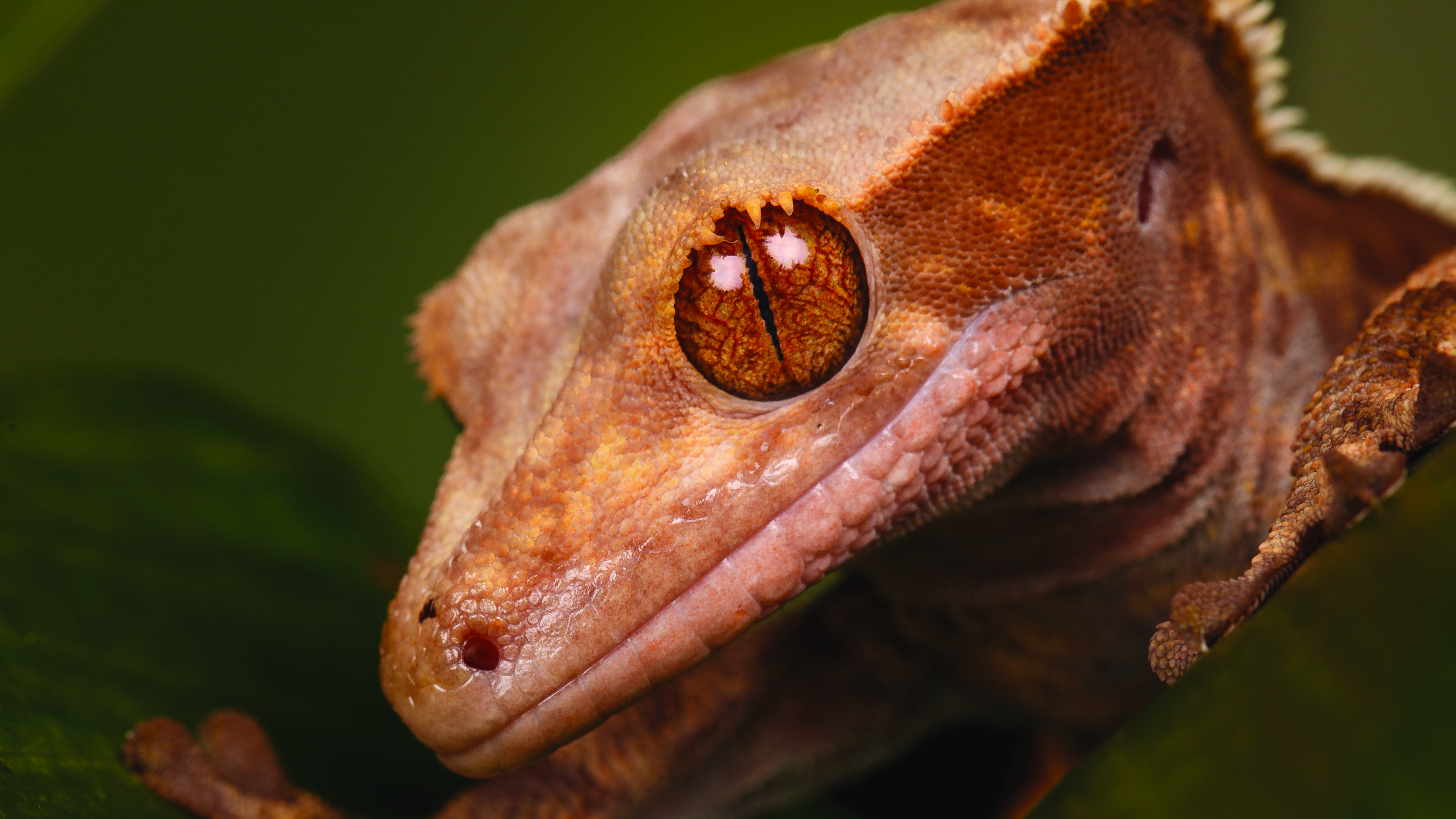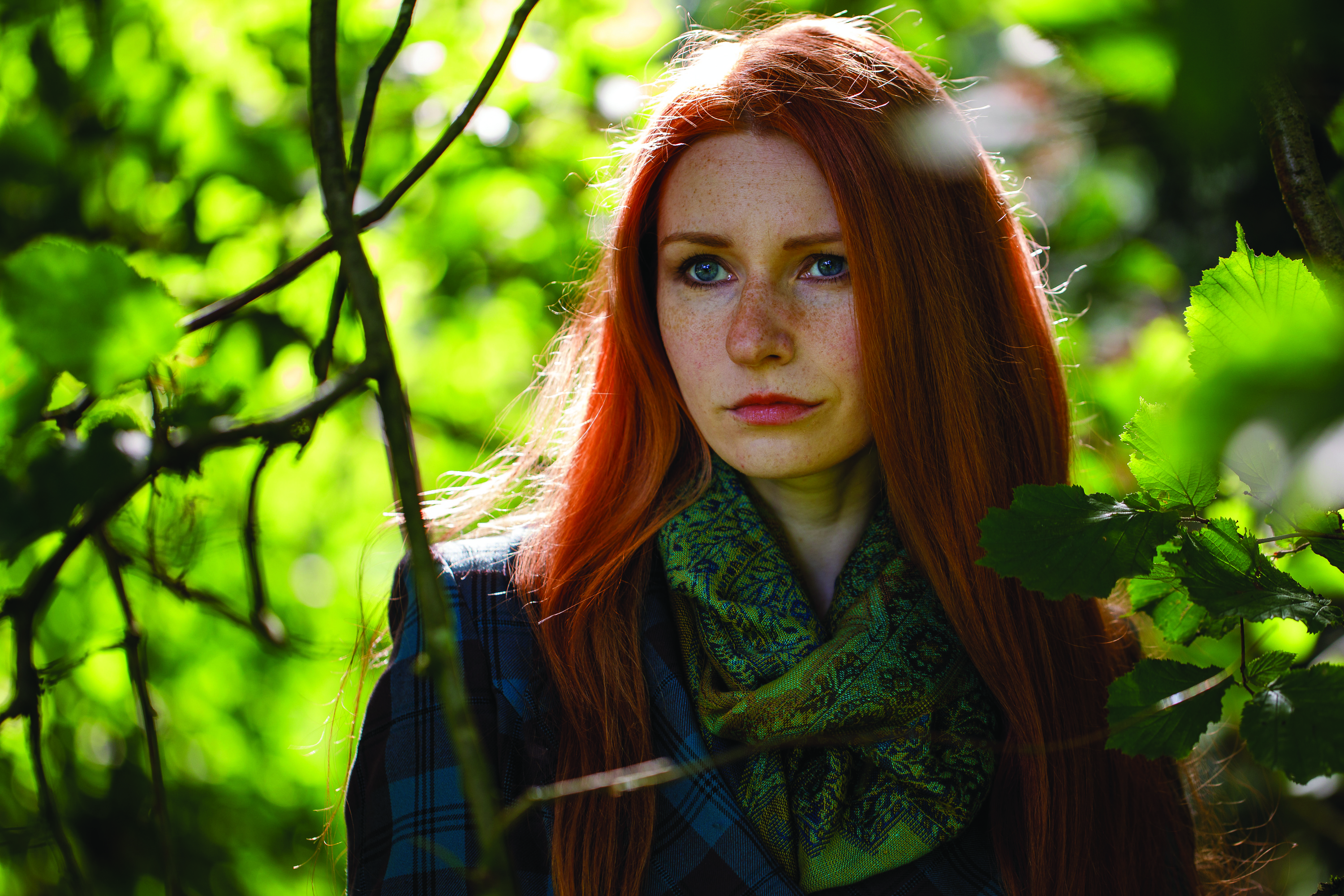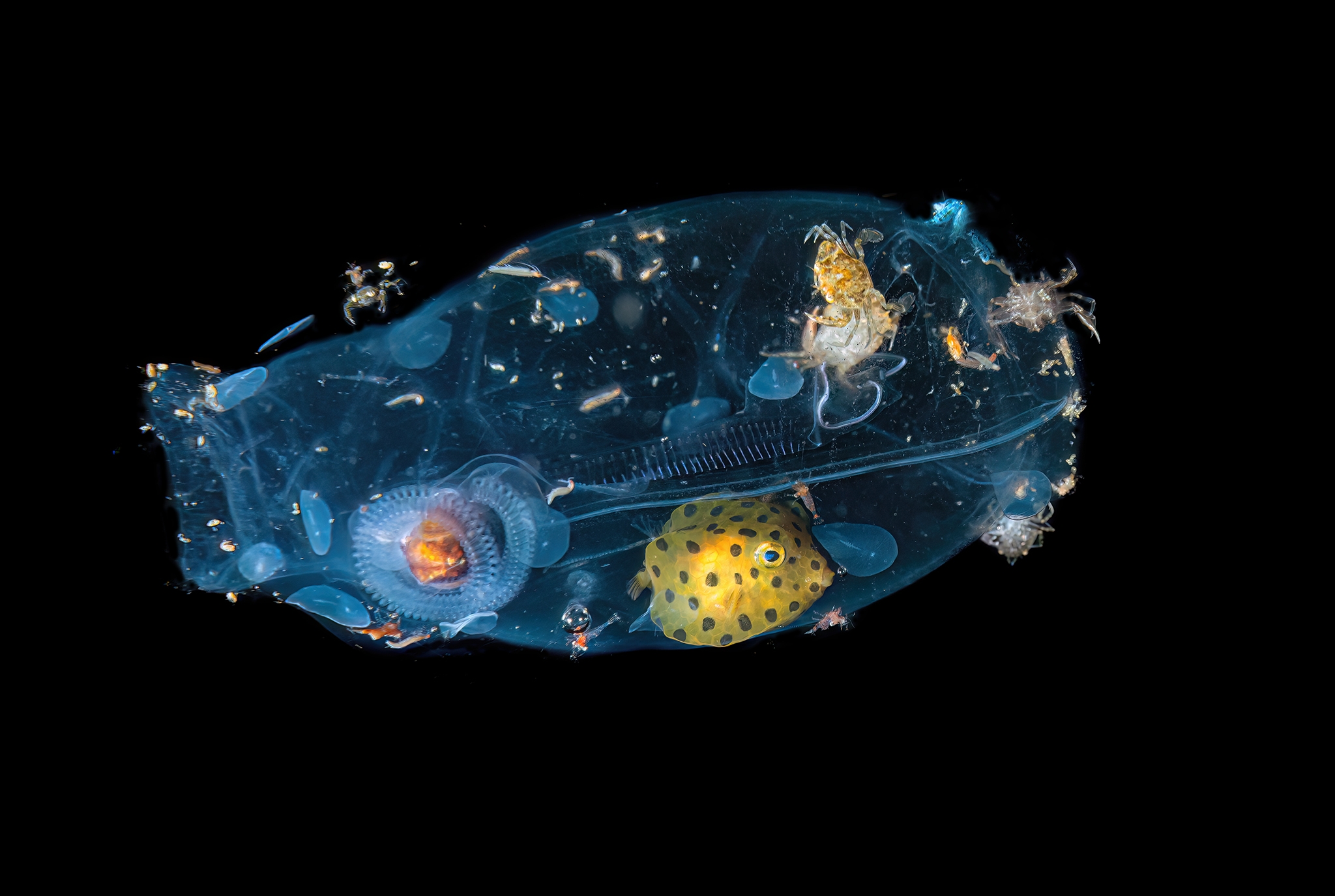The macro lens should be called a versatile lens, here's why...
Canon camera expert Brian Worley takes a closer look at macro lenses and their versatile applications

Macro lenses are one of the more popular purchases for photographers building their kit bag up. After the telephoto zoom that brings distant subjects closer, the humble macro lens makes small things appear much larger. The first time you see details in your photos that you’ve never captured before is rather special.
As a short telephoto lens, the macro lens is also ideal to make flattering portrait photos. More than just the close-up of an eyeball, you can capture great-looking pictures of the whole face or person. The telephoto has the effect of pleasingly compressing the facial features for flattering results. Being a prime lens, you’ll find the need to zoom with your feet, instead of a zoom ring. Since the field of view is constant, you’ll soon learn how far you need to be from the subject for your composition.
Macro lenses are often the fastest lenses that many photographers own; the f/2.8 aperture lets in plenty of light, and gives a great-looking shallow depth of field. Use the lens wide-open for great separation between the subject, foreground and background.
In low light, the fast aperture will capture more light than most telephoto zoom lenses. This gives sharper shots thanks to faster shutter speeds, and or, less noise.
Looking at the side of many macro lenses you’ll find a focus range limit switch, that restricts the subject distance. Since there’s a lot of movement required for super close-up work, if you don’t need this select one of the limited ranges to speed up focus operation. When shooting super close-up, you’ll appreciate the extra travel on the focus ring as you select the exact point of interest on your subject by focussing manually.
For macro shots, where the subject is captured life-size on the image sensor, you’ll often need to stop down the aperture to f/11, f/16 or more, as depth of field is minimal at short subject distances. Macro lenses are designed to have image quality, even with the aperture stopped down.
A fast aperture telephoto lens is also good for indoor sports such as gymnastics and martial arts. EOS cameras focus systems have an automatic high precision capability when f/2.8 or faster lenses are used. So give a macro lens another look.
The best camera deals, reviews, product advice, and unmissable photography news, direct to your inbox!

Brian is a freelance photographer and photo tutor, based in Oxfordshire. He has unrivaled EOS DSLR knowledge, after working for Canon for over 15 years, and is on hand to answer all the EOS and photographic queries in Canon-centric magazine PhotoPlus.
Visit Brian's website
PhotoPlus: The Canon Magazine is the world's only monthly newsstand title that's 100% devoted to Canon, so you can be sure the magazine is completely relevant to your system. Every issue comes with downloadable video tutorials too.
You might also like the best Canon lenses and the Canon EOS R10 review.
Brian is a freelance photographer and photo tutor, based in Oxfordshire. He has unrivaled EOS DSLR knowledge, after working for Canon for over 15 years, and is on hand to answer all the EOS and photographic queries in Canon-centric magazine PhotoPlus.


